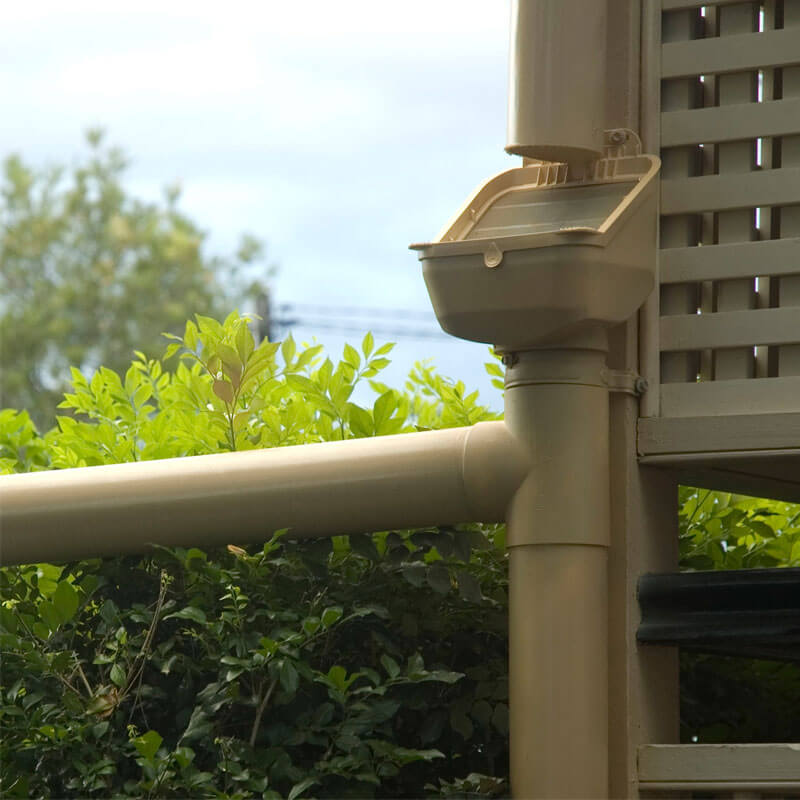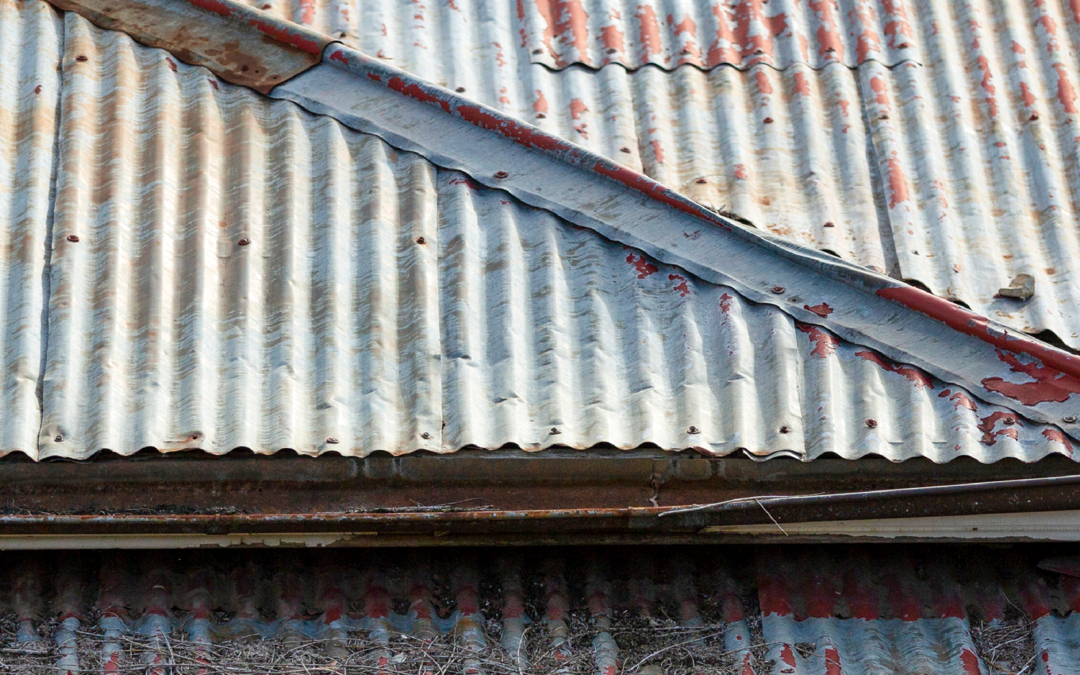What is “inorganic matter”?
“Inorganic matter” refers to anything that isn’t living, such as particles of lead, zinc, copper and other compounds.
These compounds can be visible or invisible, harmful or harmless.
But just because you can’t see them, doesn’t mean they aren’t there.
There are two main reasons for keeping inorganic matter out of your Rain Harvesting System.
The first relates to human health, the second to your system’s efficiency.
Inorganic matter and your health
Rust and lead from flashings, paint and other roofing materials, heavy metals from industry, roads and other pollution, and toxins from pesticides and spray dirt can all pose a contamination threat for your rainwater supply.
As such, it’s important to take steps to keep these contaminants out of your rainwater tank.

Inorganic matter and system efficiency
Even if it doesn’t harm you, inorganic matter in the form of sediments or sludge can negatively affect the efficiency of your Rain Harvesting System.
Accumulated sediments in your tank can increase the burden on your pumps, in turn necessitating more frequent maintenance and replacement. Without fine filtering, sediments can also block tank screens, preventing water from getting into your tank in the first place.
Accumulated sludge in your tank from inorganic matter can also require frequent cleaning and treatment, a maintenance burden that is best avoided in the first place.
Easy ways to keep inorganic matter out of your system
Thankfully, while inorganic matter can pose several problems for your Rain Harvesting System and rainwater supply, these problems are easily avoided.
All it takes is some planning and the first step is to ensure that your home or building’s roof isn’t the source of any harmful contaminants. That means checking for rust, peeling paint and any roofing materials made from lead. If you find any, replace them. Limiting sources of contamination in this way will give you greater peace of mind and improve the quality of the water running off your roof.
The next vital step in keeping inorganic matter out of your Rain Harvesting system is to incorporate first flush diversion in your system design. This involves installing first flush diverters on every downpipe or at a central point to divert and isolate the first few millimetres of rain from your roof. This initial first “flush” of rainwater is the water that washes most inorganic matter from your roof. By isolating it in diverters, you can keep these contaminants out of your rainwater tank. This is also the only way to keep dissolved inorganic particles out of your tank.
As a final defence, you can use a Maelstrom filter to remove any larger particles of inorganic matter that are not isolated with the first flush of rainfall. Maelstrom’s super-fine 180 micron secondary filter removes particles 5 times finer than standard tank screens, ensuring that any sediment or sludge in your tank is kept to an absolute minimum.
